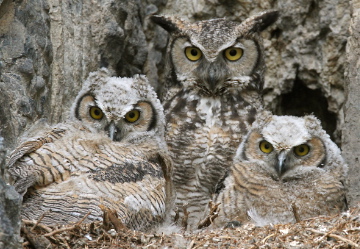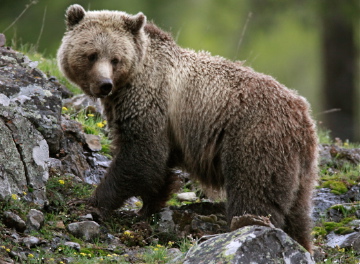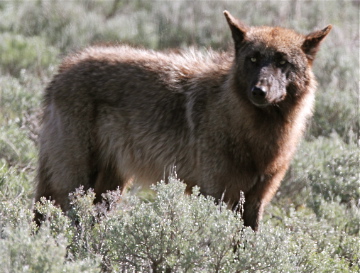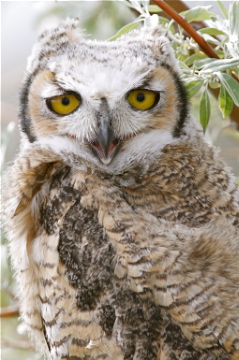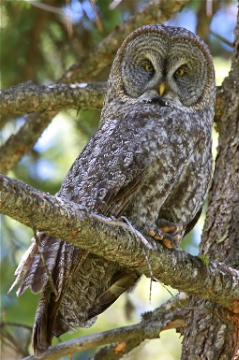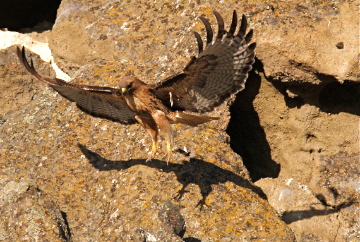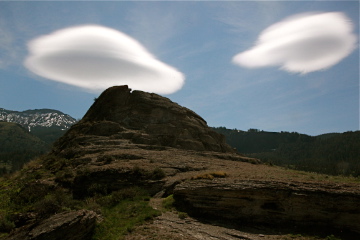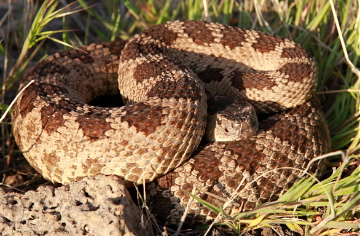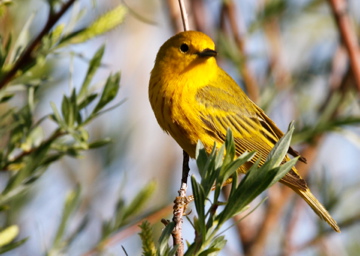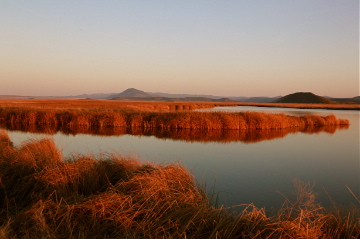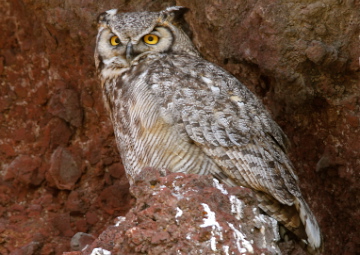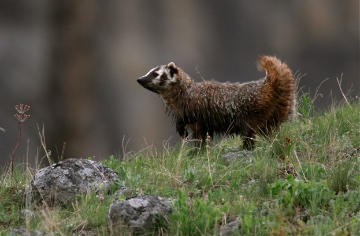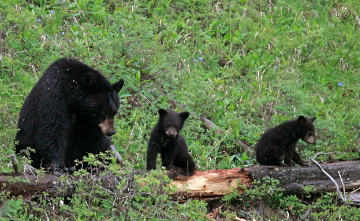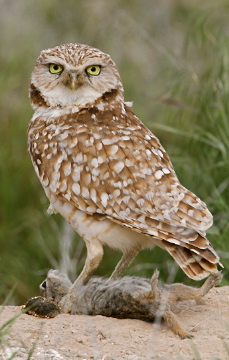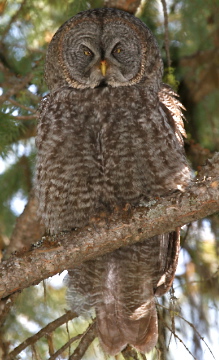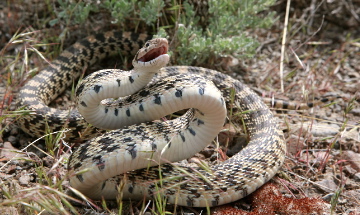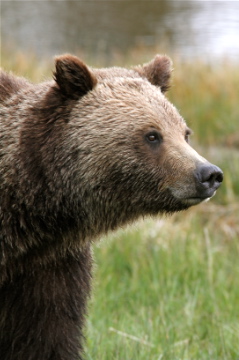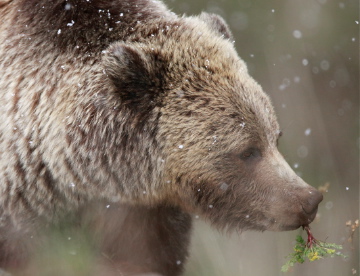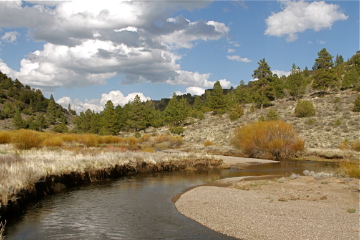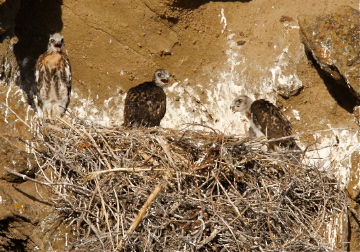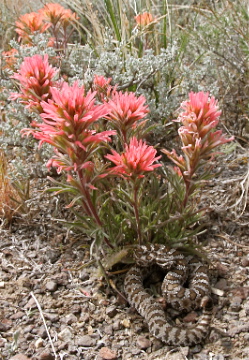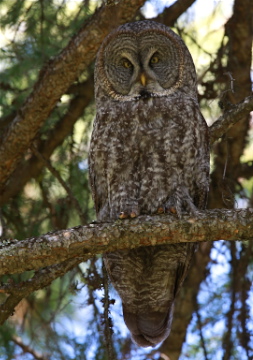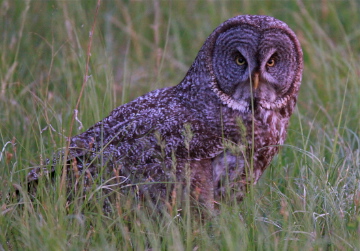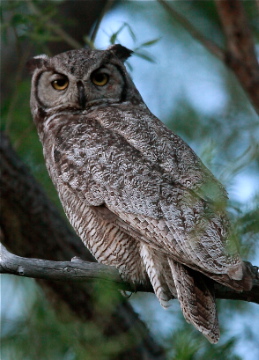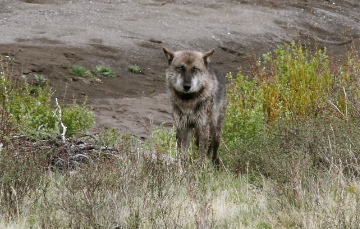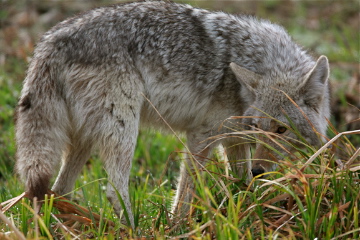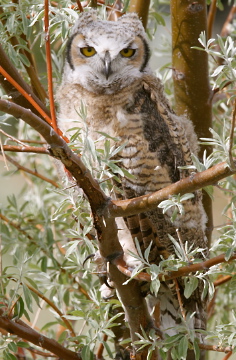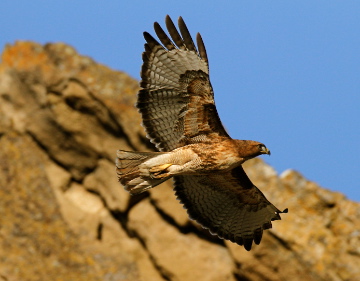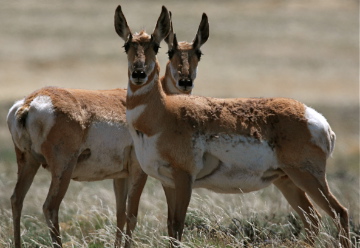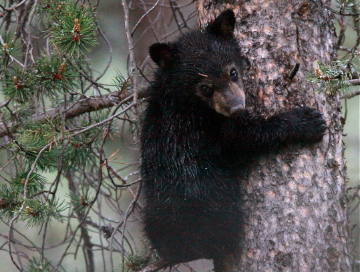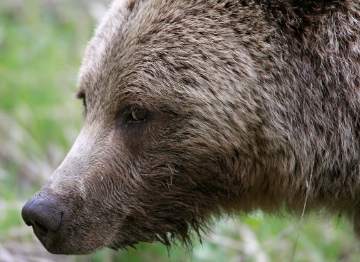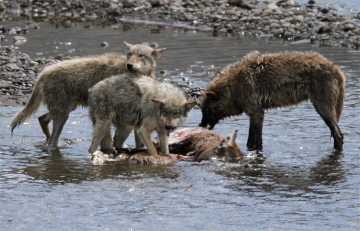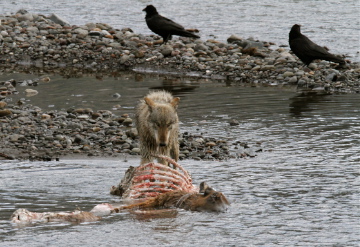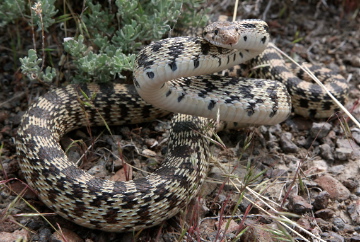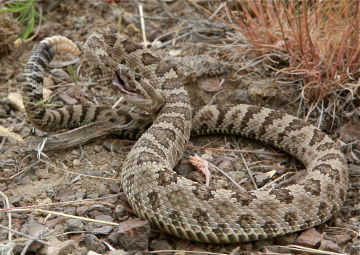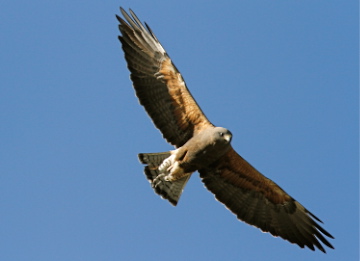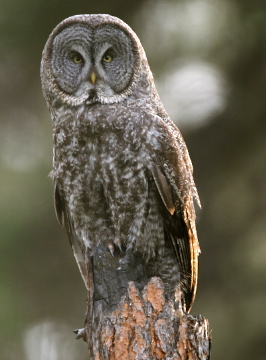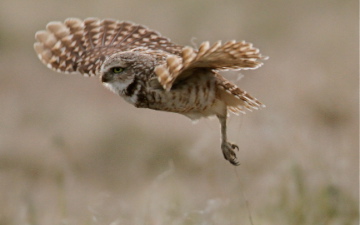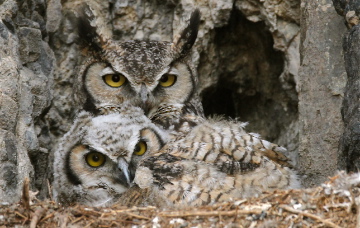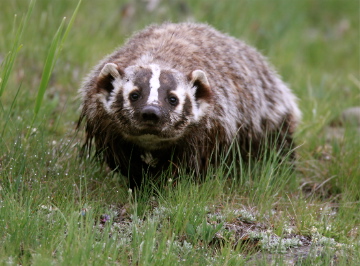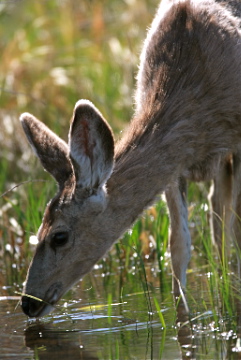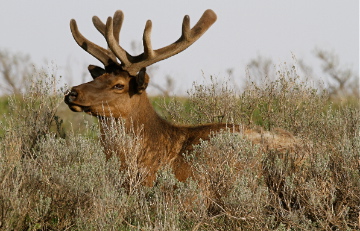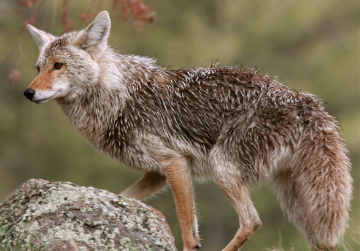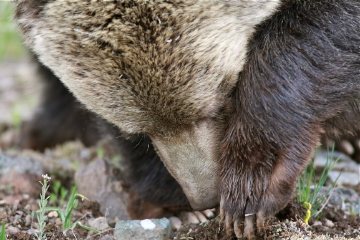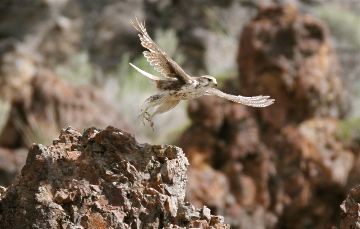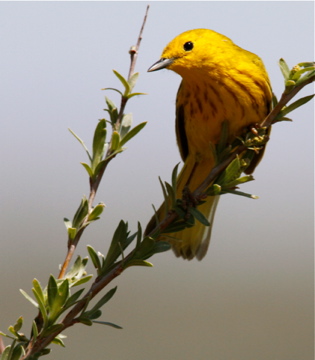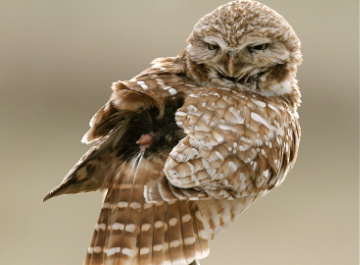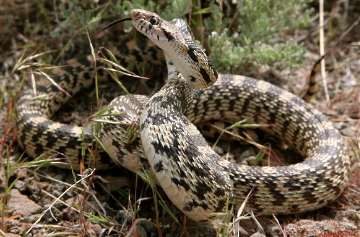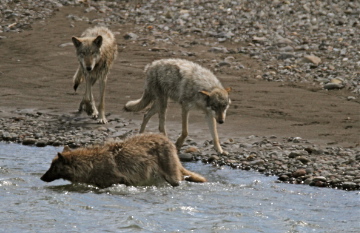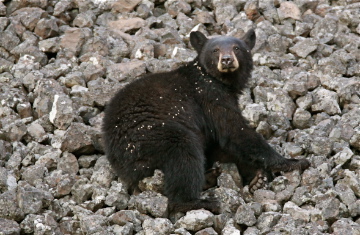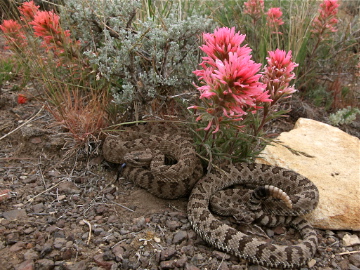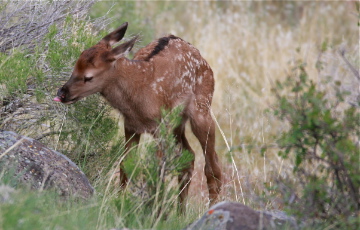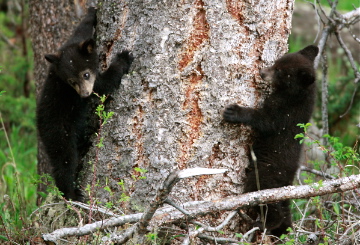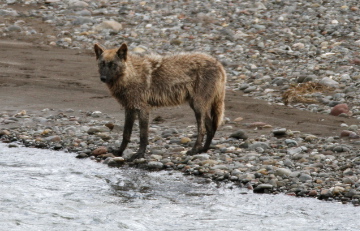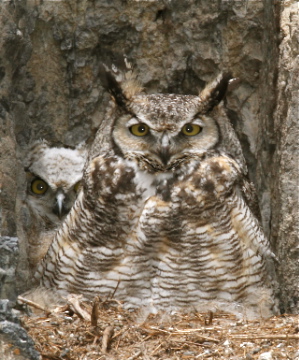Yellowstone Spring 2012 ( also Klamath Basin-CA, Hart Mountain-OR, Malheur-OR, Wallowa-Whitman-OR, Snake River Plain-ID, Raft River Valley-ID)
Following an usually warm winter period coupled with low snow/precipitation levels, one would expect accelerated birthing cycles and early fire seasons. Several states already have large fires to contend with. I’ve witnessed a good number of nesting raptors this year and the numbers look healthy. I could not have imagined that snowy owls would be reported in still so many states after an incredible migration southward this year. It will be interesting to note when and if they do leave because this could be firsts in a number of northern states.
Other northern migratory birds such as the great gray owl have been reported to be nesting in more southern locations this year. Grazing animals have had an easy winter and food supply has been steady with less caloric inefficiency to find their staple diets. Herbivores have had an easier time evading predators as well. Deep snow benefits such predators as wolves and mountain lions that have a wide foot dimension to easily glide over snow. When the snow levels are deep it also forces the ungulates to seek lower elevations with shallower snow levels to more easily be able to graze. The predators know this and tighten the area proximal to the more concentrated feeding grounds. However, with higher numbers of ungulates, their will be more selections to choose from.
Fires further down the season will have an impact with this dynamic. Point being that if there is widespread drought and a hot fire season then the mild winter and it’s benefits to the wildlife will be negated by the harsh summer conditions. It is of concern to me that there could be long hot drought this summer into the Autumn and the devastation that could impact the environment. We already know that if the climate continuously changes towards warmer periods that the ecosystems as we know it will also change to adapt to warmer durations. Lodgepole pines as well as other conifer trees use fires to spread growth of new saplings into the forest. Lodgepole pine need the heat of a fire to open the seed kernel within the pine cones left on the ground to germinate. Yellowstone has had to contend withe fires that swallow large paths of forest every decade. This is normal and the forest can deal with it but not if these fires continuously rage one after another. One can view the different growth stages of these new forested slopes. However, the fires of today tend to increase in fierce temperatures that burn longer and therefore burn all the substrata deeper than normal. If there is no or little moisture in the first 2 feet of soil then the ground becomes a kindling mechanism for the fire and the pine cones of the lodgepole burn beyond the point where regeneration is possible.
Another element to note for the health of the forests is the widespread devastation of several types of beetles that are boring their way and asphyxiating the trees. Wooly adelgids which are non native ( as in so many of these cases) are eating our trees at an alarming rate. Once the old growth forest can’t survive with the canopy they possess then everything below them is affected as well. Owls will move on if they can’t have the cover they desire for their protection. Any specie of plant or animal that desires daytime shade will have to look for a new home to survive.
